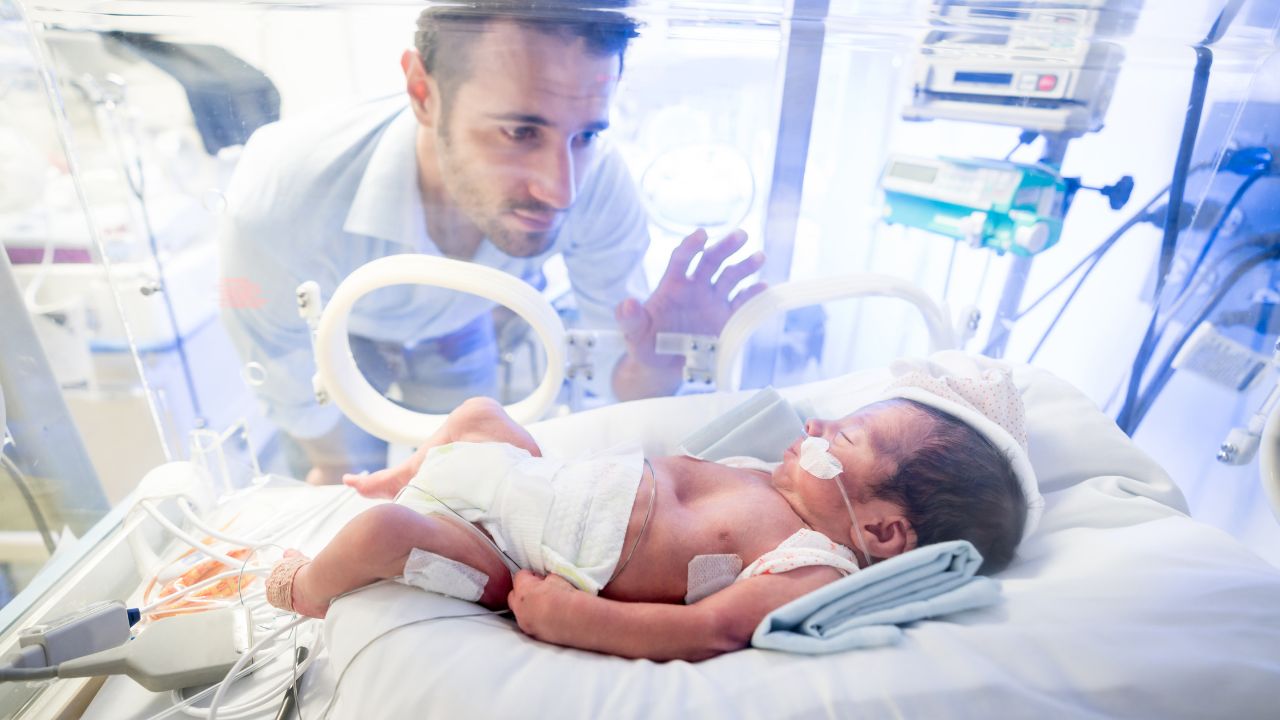Labor and delivery nursing, also known as obstetric or OB/GYN nursing, is a nursing specialty centered around providing care for individuals who are giving birth and providing some support to newborn babies and families.
As labor and delivery nursing involves the complex work of advocating for mothers and soon-to-be-born babies, it requires a “finely honed set of ethics” and educational and professional qualifications. In this blog post, you’ll learn what is needed to become a labor and delivery nurse, how long it takes to become a labor and delivery nurse, and the certification must-haves to practice this nursing specialty.
If you’re passionate about babies and parents, keep reading to learn how to become a labor and delivery nurse.
How to Become a Labor & Delivery Nurse
There are several options for certifications for labor and delivery nurses, but before getting certified, aspiring nurses need to first complete the following requirements:
- Obtain either a bachelor’s of science in nursing (BSN) or an associate’s degree in nursing (ADN).
- Pass the NCLEX exam to become a registered nurse. Nurses can also pursue the Nurse Licensure Compact (NLC), which will enable them to practice in 39 states and U.S. territories without having to get additional licenses for each state.
Generally, to be considered for a labor and delivery nursing role, nurses are required to work in postpartum nursing and have at least one year of bedside nursing experience.
How Long Does It Take to Become a Labor & Delivery Nurse
How long it will take to become a labor and delivery nurse depends on which route you take to nursing, whether it involves an associate’s degree in nursing or a bachelor’s of science in nursing. Most employers prefer to hire graduates who have pursued the four-year BSN option. In addition, while having one year of nursing experience isn’t a strict qualification to become a labor and delivery nurse, many employers may seek this experience.
Labor & Delivery Nurse Certification
In addition to the above academic and professional qualifications, labor and delivery nurses are required to have certifications in:
- Basic Life Support (BLS) - This includes courses in resuscitation, first aid, use of Automated External Defibrillators, wound care, and care of heart conditions, poisoning, choking, fractures, and other injuries.
- Advanced Cardiac Life Support (ACLS) - This also includes basic life support skills, identifying and managing respiratory and cardiac arrest and peri-arrest conditions, pharmacology, airway management, managing a stroke, and communicating and leading a resuscitation team. The certificate is renewed bi-annually.
Following the general certifications listed above, labor and delivery nurses can also pursue the following specialized certifications:
Inpatient Obstetric Nursing (RNC-OB) Certification
The Inpatient Obstetric Nursing (RNC-OB) certification is taken after at least two years of working in a labor and delivery unit. It is considered an indication of clinical competency and distinction in the specialty. It remains valid for three years and can be maintained by earning continuing education hours in the labor and delivery field.
Neonatal Resuscitation Program (NRP)
The Neonatal Resuscitation Program (NRP) is offered by the American Academy of Pediatrics (AAP), providing labor and delivery nurses with training on evidence-based skills in neonatal resuscitations.
Electronic Fetal Monitoring (C-EFM)
Electronic Fetal Monitoring (C-EFM) teaches labor and delivery nurses how to read electronic fetal heart monitors, and the certificate serves as an indication of proficiency in such monitoring.
Certified Nurse Midwife (CNM)
Labor and delivery nurses can also advance into certified nurse midwives, who support individuals throughout the process from pregnancy to delivery. There are several options for this, including online CNM programs. When evaluating options, it is important to ensure the program is accredited by the Accreditation Commission for Midwife Education (ACME).
Additional Certifications
The National Certification Corporation has several other certification options available for different specialties within the field of labor & delivery nursing, including Neonatal Neuro-Intensive Care (NNIC), Neonatal Pediatric Transport (NPT), Obstetric and Neonatal Quality and Safety (ONQS), Care of the Extremely Low Birth Weight Neonate (ELBW), and more.
Final Thoughts | Labor & Delivery Nurse Certification
Becoming a labor and delivery nurse can be fulfilling as you support individuals giving birth during a pivotal life moment. While it can be stressful to provide patient care at such a critical time for both pregnant people and their newborns, many labor and delivery nurses say they wouldn’t have it any other way—and that witnessing childbirth and supporting throughout the process is a privilege.
If you’re interested in becoming a labor and delivery nurse, use the resources in this blog post to research your next steps: pursuing a nursing degree, obtaining clinical experience, or getting additional certifications.
If you want to gain additional nursing experience bypicking up high-paying per diem shifts, download the Nursa app today to browse nearby opportunities that fit your ideal work schedule.











